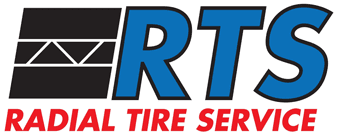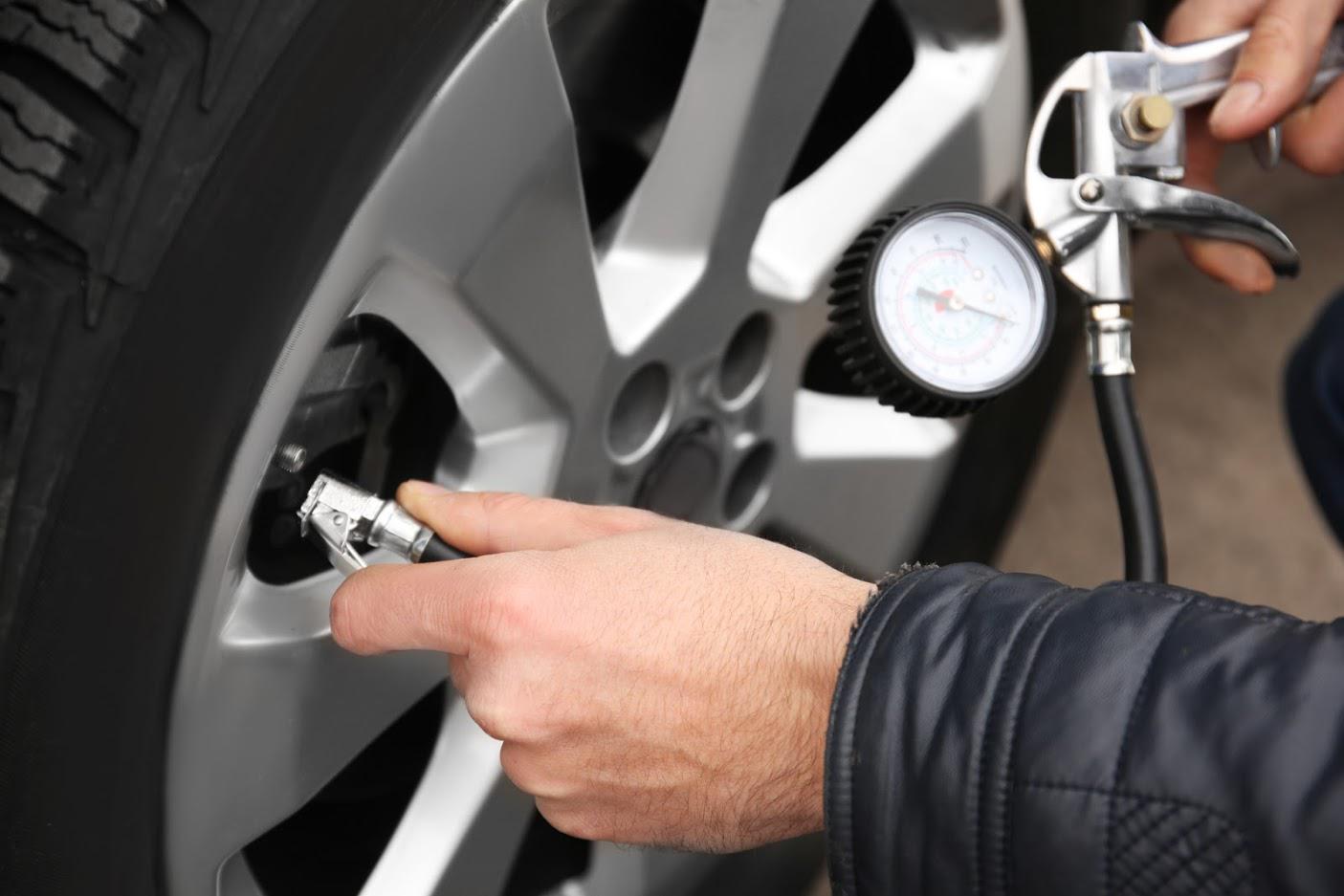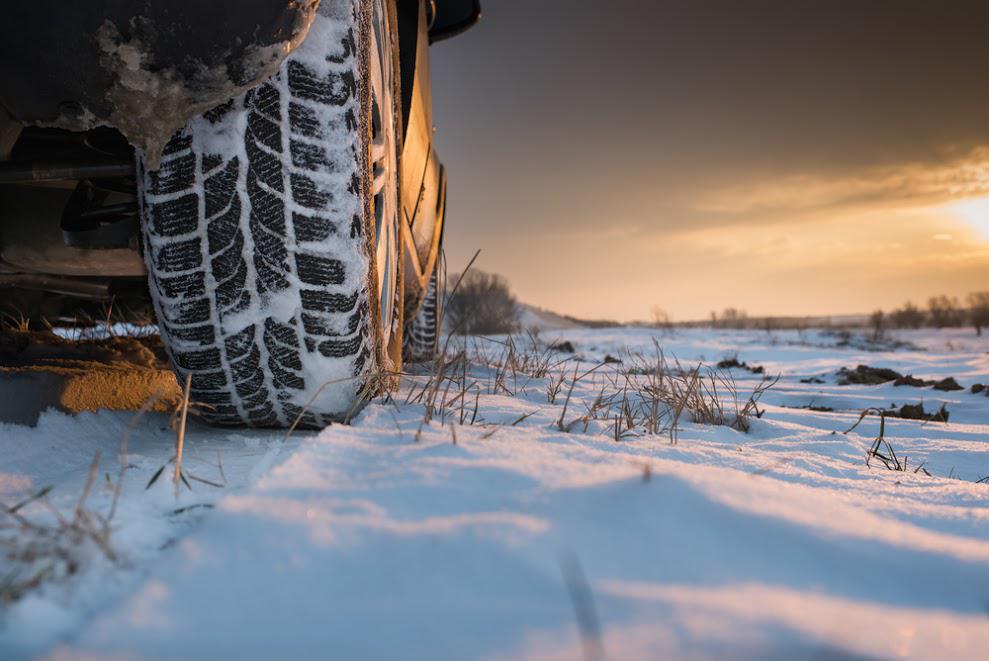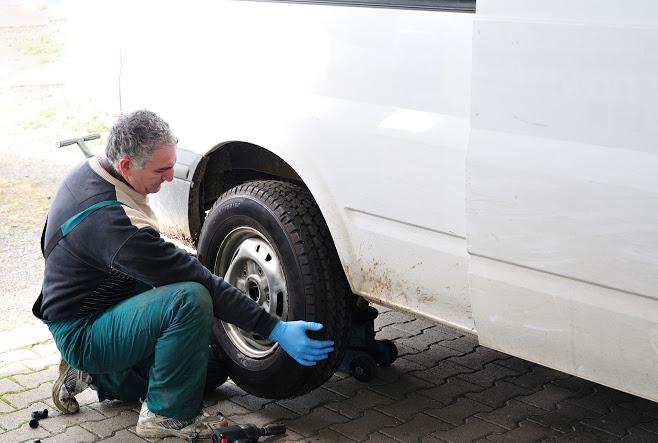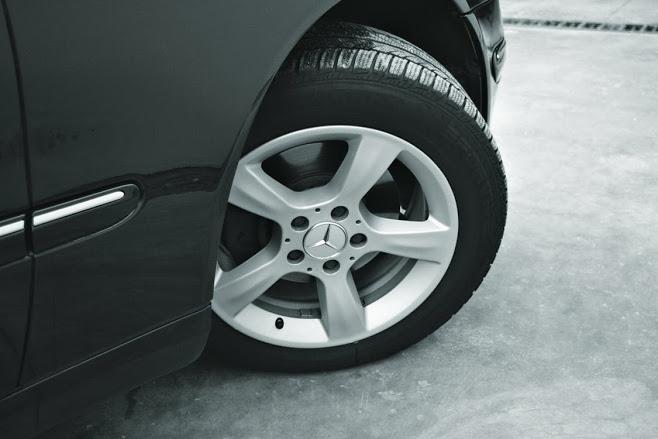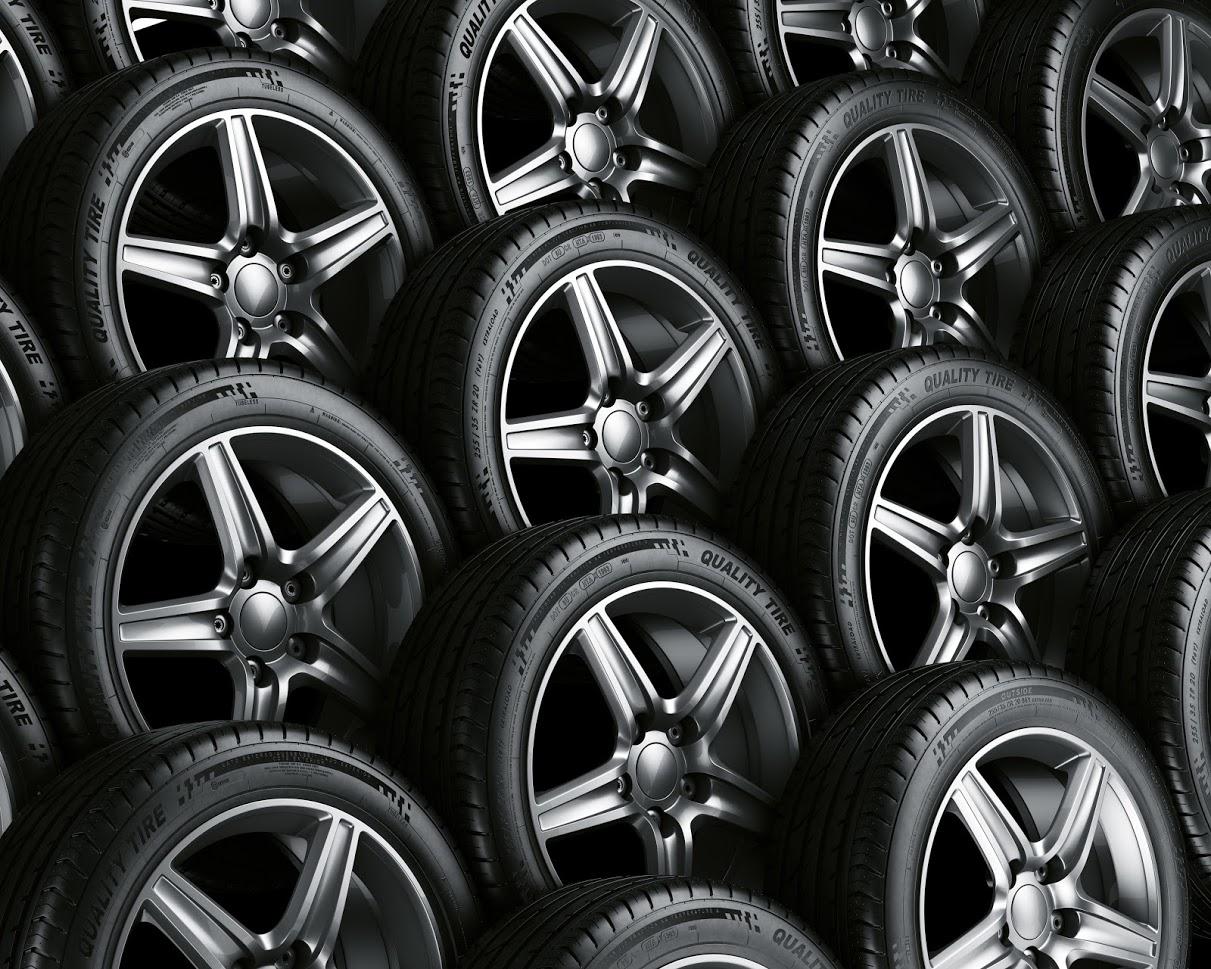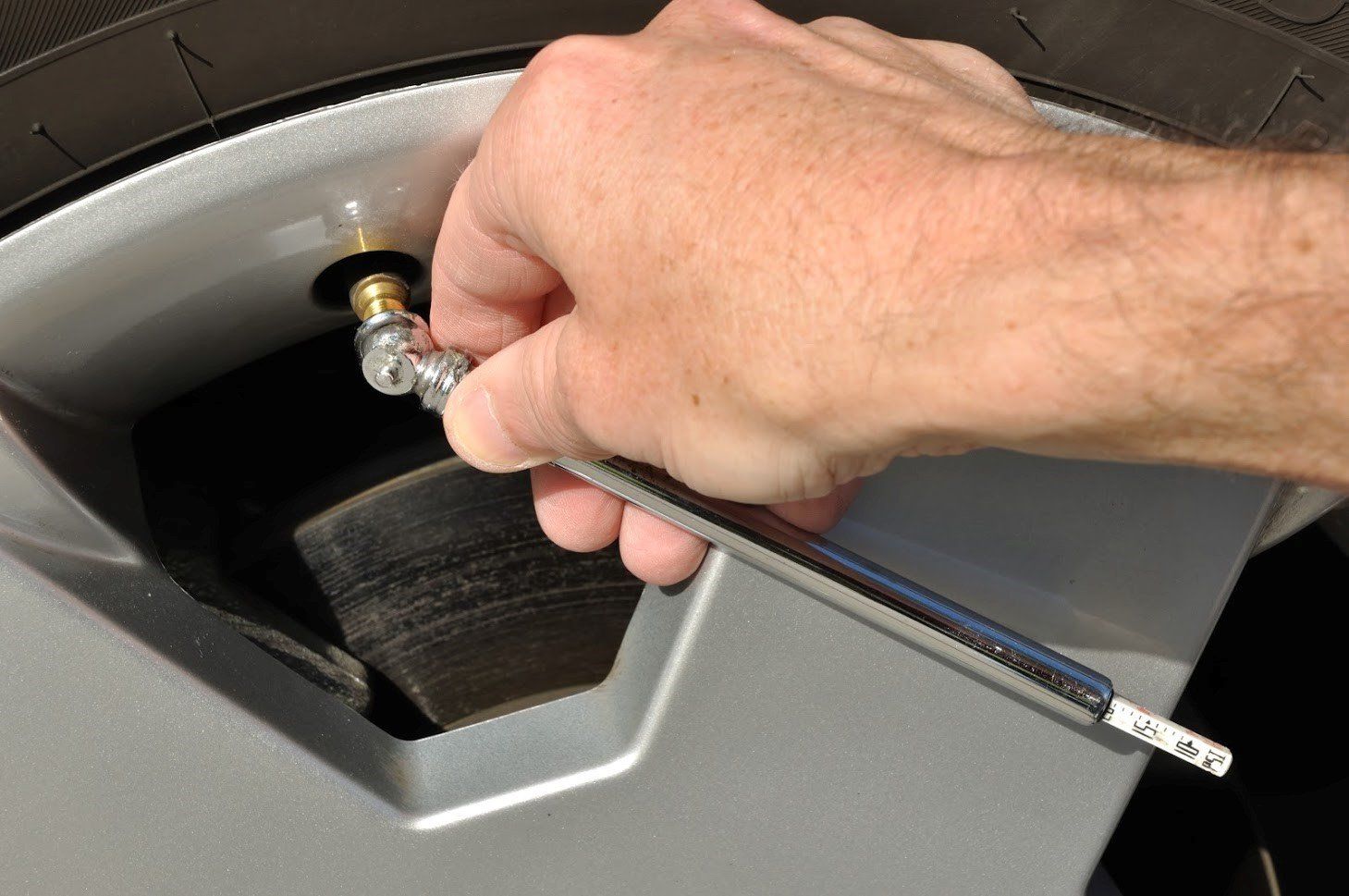5 Terms to Know When Getting New Tires
- By Admin
- •
- 12 Sep, 2019
- •
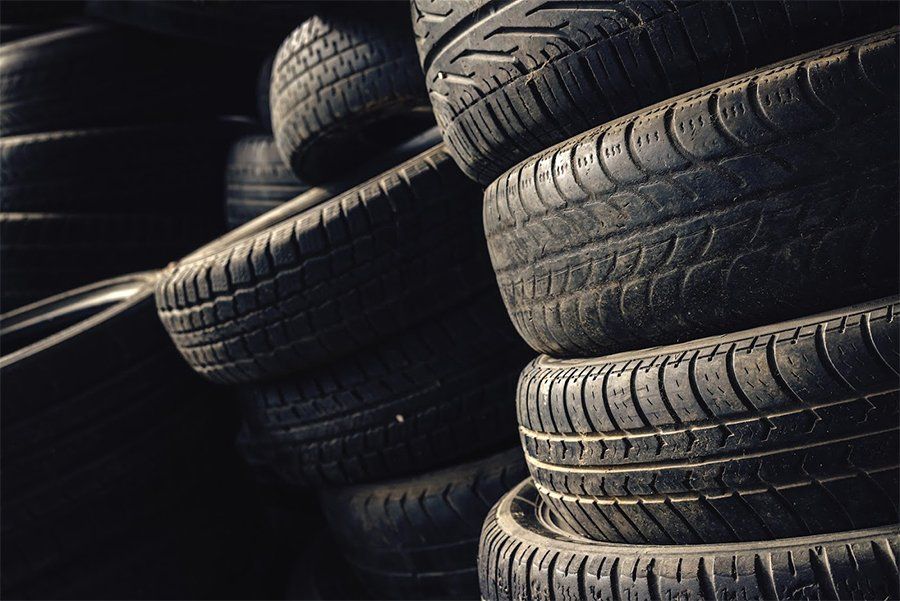
Getting
new tires is an important part of maintaining your car and ensuring
you stay safe while driving. As tires wear down, they become less
efficient, increasing the risk of a crash. If you are going to be
buying new tires soon, however, you need to learn several terms.
Understand more about how your tires work to better prepare you for taking care of your wheels. Check out these five terms you need to know when getting new tires so you can care for your new tires properly.
Alignment
The tire alignment process adjusts your car’s suspension, which connects your car to the tire, so the tires better interact with the road. If your car has poor alignment, one area of a tire will carry too much weight while others won’t carry as much, instead of evenly distributing the vehicle's weight. Poor alignment is a main cause of uneven tire wear.
You can easily spot if you have problems with your alignment when driving. Tires that are not aligned correctly will pull to the left or right so you have to constantly adjust the wheel to keep the car straight. If this happens, your steering wheel will be slightly rotated even when you are driving straight.
Tread
Tread refers to the indents in the tires. Without these indents, the tire would be too smooth, causing the tires to slide when you stop or drive over water. With good tread, however, the rubber can better grip onto the road, giving it traction.
Your tires should have a tread of about 4/32 inches or deeper. Once they are about 3/32 inches, consider replacement soon. If they are less than 2/32, you need new tires immediately or risk a blowout.
Wear Bar
Most tires come with a wear bar, which is a feature that shows you when your tires’ tread is too shallow. Wear bars are at the base of big groves in the tire. While the tire is in good condition, you shouldn't be able to see these bars.
Once the tread begins to wear down, however, you begin to see more and more of the wear bar, giving you a good indication that you need new tires.
Load Carrying Capacity
All vehicles are designed with a maximum carrying capacity. Basically, every car can only hold so much weight before it starts to wear down the car. Tires also have their own load carrying capacity. When your car is manufactured, the tires are given a tire load index number, which indicates how much it can carry.
For example, if your tires have a load index number of 100, you can carry 1,764 pounds per tire. For this reason, it's important that all your tires have the same load index number and that the load index number is at least as high as the original tires.
Rotation
When the mechanic rotates your tires, they move each tire to a new position. For example, your front passenger-side tire will become one of your back tires.
Have your tires rotated about every 5,000 miles. The biggest reason for rotation is that it helps better distribute wear and tear. Your tire's tread may be looking a little worn, but a quick rotation can make it look new again, saving you money.
If your tires are worn, your car isn’t as safe to drive. While you can slow wear and tear by treating your tires well, tires still don't last forever. If you would like to know more about tire maintenance, or if you need tire services, contact us at Radial Tire Service today. We’ll be happy to help you with whatever you need.

